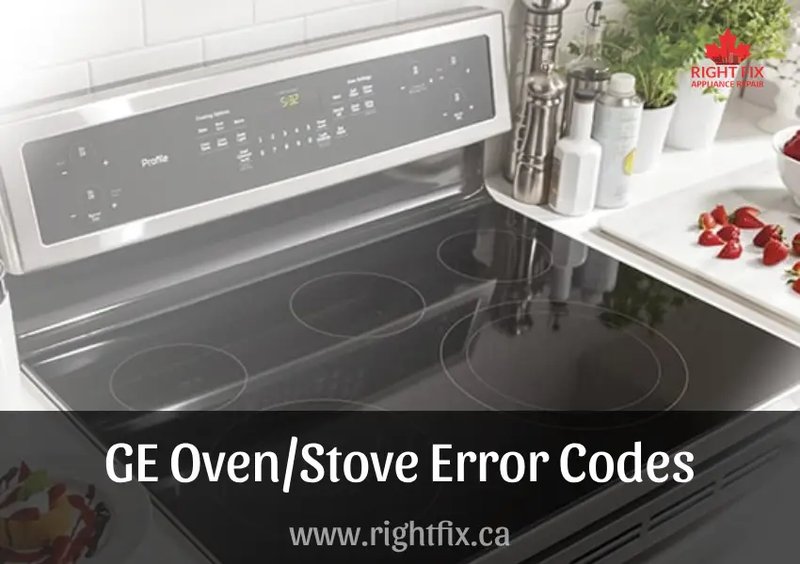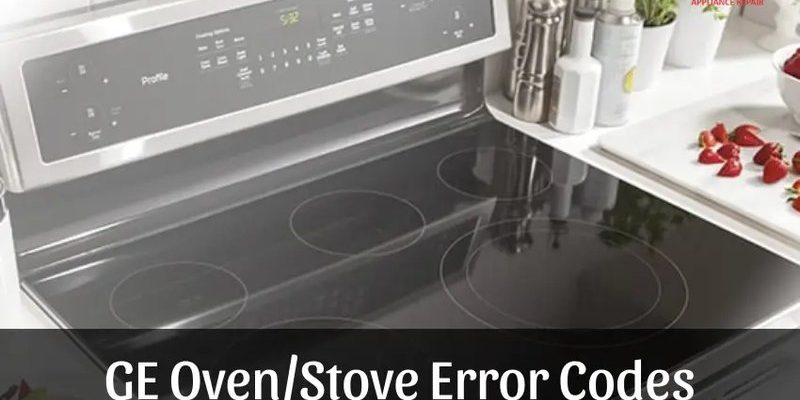
So, what exactly is an error code? Think of it as your oven’s way of waving a little red flag to signal that something’s not quite right. Much like a warning light on your car dashboard, error codes alert you to potential issues that need attention. The E1 error code is no different. It generally indicates a communication problem within the oven’s internal system. Let’s break this down a bit more to decode the mystery of the E1 code.
Understanding the E1 Error Code
The E1 error code is a common signal that pops up when there is a hiccup in the communication line between your oven’s main control board and its keypad. Think of this as a conversation between your brain and your mouth. If either is having trouble transmitting or receiving messages, then getting out clear instructions can become tricky. Your oven relies on a similar type of conversation—where data is sent back and forth between critical components to ensure everything functions smoothly.
When this communication is disrupted, the oven may struggle to follow through with your commands, resulting in the dreaded E1 code. It’s a bit like playing a game of telephone, where the message gets a little jumbled along the way. This disruption could be due to various reasons, including loose wiring, a fault in the electronic control board, or even an issue with the keypad itself. The good news? It’s usually a fixable problem.
If you’re thinking, “How do I tackle this?” start by powering down the oven. Sometimes, like a computer, a simple restart can reset the communication pathways. Unplug your oven from the wall or flip the circuit breaker off for a few minutes. This allows the electronics to reset, often solving minor glitches without any further intervention.
Common Causes of the E1 Error
You might wonder, “What causes this error in the first place?” The E1 error, while certainly bothersome, has a few usual suspects. One common cause is moisture. Just like how water can interfere with your smartphone’s functionality, moisture can disrupt the electricity flow in your oven’s circuitry. A particularly steamy kitchen or accidentally spilling liquids near the control panel can sometimes trigger this error.
Another frequent culprit could be the inevitable wear and tear of components. Over time, the keypad or the control board might begin to falter, much like an old pair of shoes that no longer supports your feet the way they used to. This natural degradation can lead to unreliable connections, thus manifesting in the E1 error code.
Finally, your oven’s wiring might be to blame. Wires can sometimes become loose or damaged, which is akin to trying to watch a movie with interrupted cable service—patchy and frustrating. Checking these connections can sometimes reveal a simple fix.
Fixing the E1 Error Code
Alright, so you’ve identified the potential culprits—but what next? Handling an E1 error code doesn’t always require a professional. Start by inspecting the keypad and control board for any visible signs of damage or moisture. Gently wipe away any residue and make sure everything is dry and clean. If you’re comfortable, take a peek inside the oven to check for loose wiring connections.
In case these steps don’t solve the problem, consulting your GE oven’s user manual might provide additional troubleshooting tips specific to your model. If the E1 code persists after a manual reset and inspection, it’s a good idea to reach out to a certified technician. They can delve deeper, akin to a doctor diagnosing a stubborn cold, ensuring that no underlying issues are missed.
Preventing Future E1 Errors
When it comes to preventing future E1 headaches, a little maintenance goes a long way. Think of your oven as a high-maintenance friend who thrives with regular attention. Regularly cleaning the control panel and keeping the area free from moisture can help maintain its health.
Ensuring your kitchen isn’t too humid is also a smart move. Running a dehumidifier or simply using the exhaust fan while cooking can prevent moisture from building up. Just like you wouldn’t want wet logs in a fireplace, your oven doesn’t fare well with excess humidity.
Additionally, being mindful of the wear and tear on your oven components can give you a head start in catching potential issues before they become major problems. Keeping a close eye on the parts that seem to be the root of the issue can save you from future culinary interruptions.
In summary, while seeing an E1 error might initially feel like a hassle, understanding its origins and knowing how to address it can ease that frustration significantly. Armed with a bit of knowledge and patience, you can turn this kitchen hiccup into a simple task on your to-do list—and get back to cooking those delicious meals sooner rather than later.
